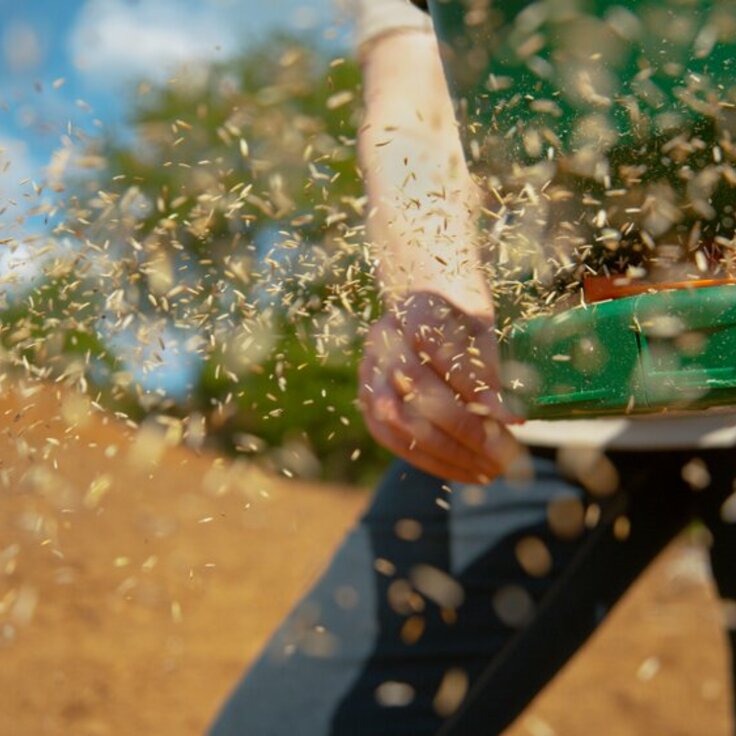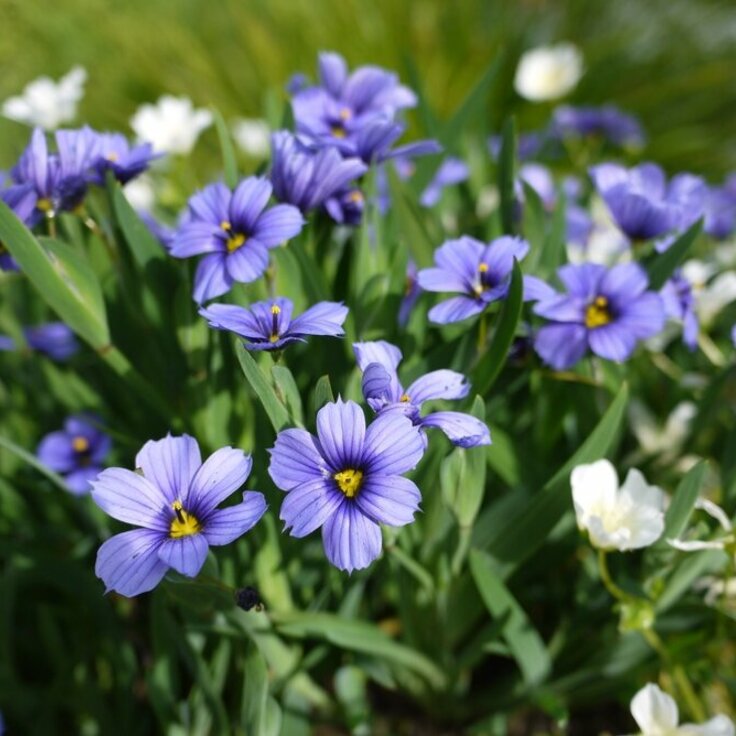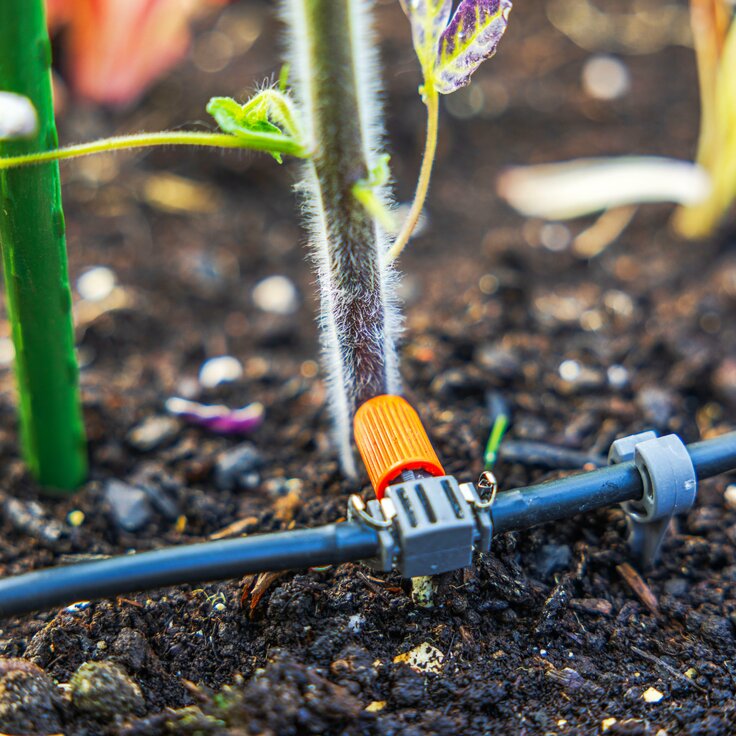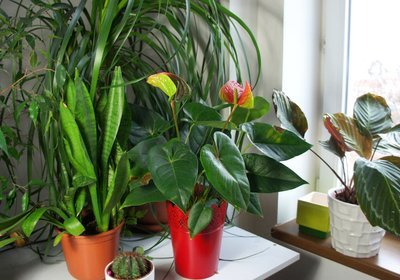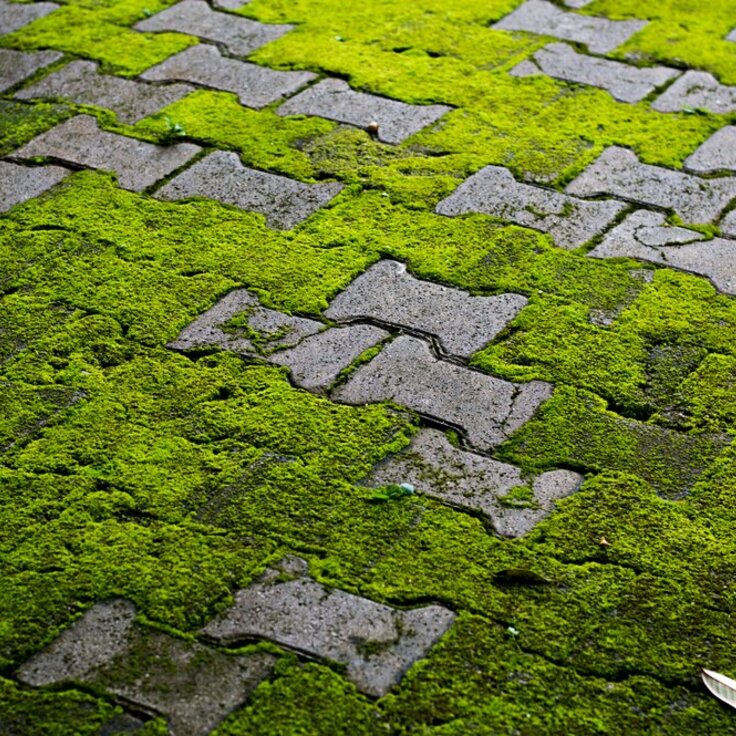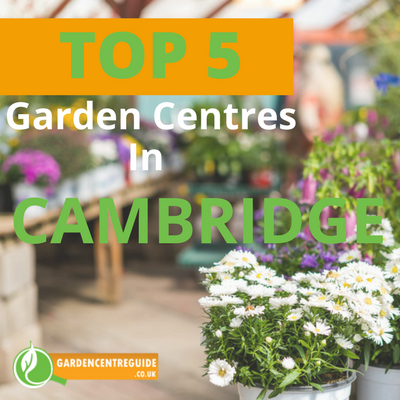How to create a unique and distinctive space in your garden
There’s nothing quite like coming home to your own slice of paradise, such as a pocket of greenery in the backyard. But transforming a drab garden into an oasis is not everyone’s area of expertise and can be costly if it’s attempted without a little know-how.
In this article, discover a few tips and tricks for creating a unique space in your backyard and somewhere that will be used as a retreat by the dwelling’s occupants. For more home and garden ideas, check out what other owners are doing at Rentola, which gathers rental listings of private properties across the United Kingdom. With high-quality photos visible on the search page itself, you can easily flick through to get inspiration from others and see what might work in your own space. It’s also a trustworthy resource for those searching for UK rentals on their journey to homeownership.
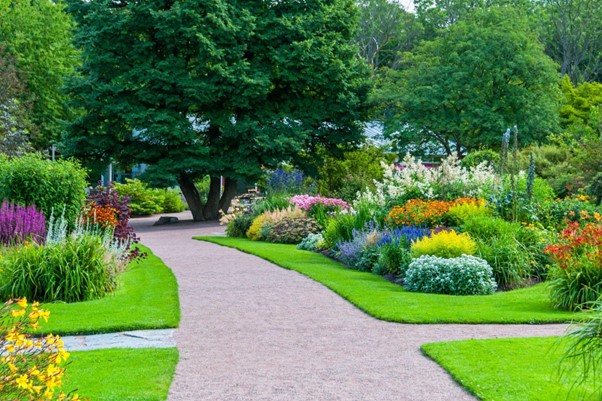
Plan the plantings
It’s easy to just grab every plant that takes your fancy at the nursery, and then hope they work cohesively once established in the garden. But ask any landscape designer and they will say that the planning of plantings is key.
No matter what the theme is, do some research about the types of plants to incorporate, including small shrubs, medium-sized plants and large evergreens to layer the space. Also, think about the seasonality of flowering plants so that something is in bloom throughout the year or select plants with varying textures that will contrast against one another.
An extra tip for those living in areas with low rainfall is to consider drought-tolerant species that won’t require constant watering. When it comes to establishing them in the ground, be sure to put smaller plants at the front and taller ones behind. If you’re unsure, check the plant’s label, which should give a good indication of its size at maturity.
Get the hardscaping out of the way
Hardscaping is basically the use of any “hard materials” in a garden’s design, often to create walls, paths or designated spaces. It might be paving to establish an outdoor dining area or stepping stones to delineate a path or even a retaining wall constructed from wood.
Hardscaping is often about creating places where humans can enjoy a garden and all of its wonderful plantings or making it practical to move around in. It may include the addition of boulders around a feature pond or a small bridge to span a meandering creek.
It’s a good idea to get any hardscaping out of the way first as it often requires the disturbance of soil and sometimes even machinery that could do a lot of damage to new plantings. When designing paths, always think about the practicality of getting from A to B, with efficiency and convenience favourable over whimsy.
Create different levels
While flat blocks are often favoured over sloping ones, the latter provides an opportunity to create a multi-level garden. In many ways, this can be far more interesting, with some spots in the garden overlooking others and terraces seemingly cascading down the hill. The drawback of a multi-level garden is that it can require a lot of initial work. But the rewards are more than worth it.
Retaining walls are often required to create distinct levels, with stairs or ascending paths connecting them. Timber decking can be added for elevation, ensuring you can appreciate the garden in all its glory.
In multi-level gardens, it’s important to think about water runoff and soil erosion and incorporate preventative measures into the design. Terracing a garden is a good way of retaining water so that it can be absorbed by the plants and stopping it from flowing down the slope.
Screen and zone
Some of the most interesting gardens are like a journey of discovery, with something new to experience as people make their way through. An effective way of achieving this is by screening different areas to create “rooms”, whether that’s through fencing, a pergola or vertical plantings.
If you don’t like the idea of creating separate rooms and want more of an open design, look to establish different zones. Consider how the garden is going to be used by all of the occupants in the home and come up with ideas accordingly. There might be a grassy area for play, raised beds for a veggie plot and a seating area for contemplation. Each garden is unique in the way it will be used and good garden design reflects that.
Once you have planned the various zones or rooms, think about how to accessorise them so they become an extension of your interior living space. It might be through the use of garden furnishings, solar lanterns or even a mirror that reflects a certain outlook. For smaller spaces, consider folding furniture that can be packed away, allowing the garden to have multiple functions.
Add living walls
As urban landscapes become more built up and garden sizes decrease, the trend in living walls is on the rise. It’s a great way to embrace any available vertical space and transform it into a lush vision of greenery.
Today, green wall kits are readily available at hardware stores and garden centres, so it’s not difficult to find one that suits your space and its dimensions. The great news is that living walls can be planted with a huge variety of species, from flowering shrubs to succulents and even edible greens.
Climbing plants such as clematis, honeysuckle and wisteria are a good alternative for those who don’t want to install living wall infrastructure. They can easily be planted into pots or the existing soil and will grow vertically (some with the help of a trellis) to cover any unsightly walls.
Beauty is in the eye of the beholder
When designing a unique and distinctive garden space, it’s important to remember there is no “right” or “wrong” way to do it. What you find visually appealing and practical may not be someone else’s cup of tea but that shouldn’t hamper the creative process. Provided the garden meets your needs and can be managed in a sustainable manner, then it’s guaranteed to be a success!

